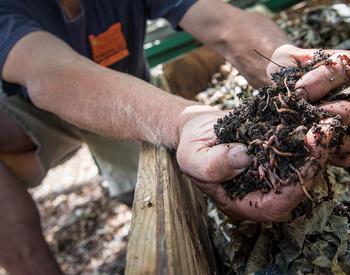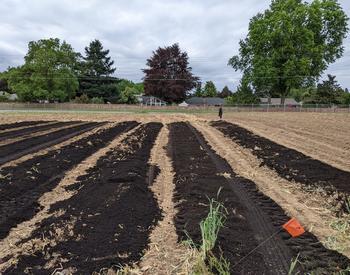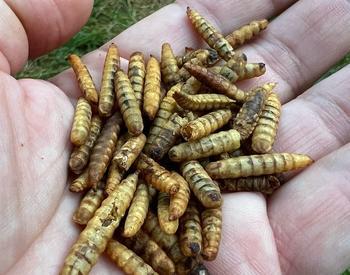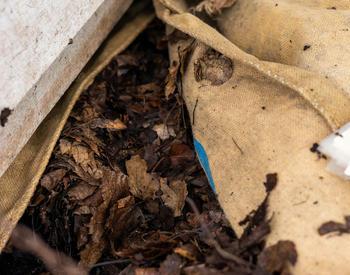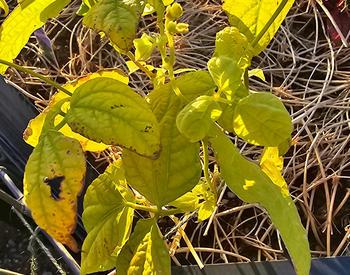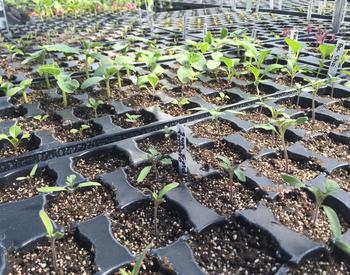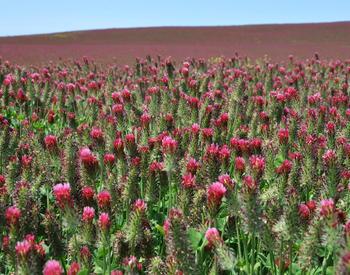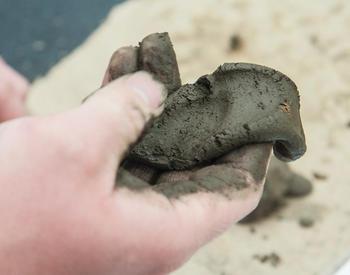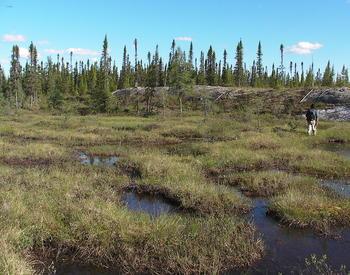I have an old pile of wood chips from a pruned willow tree and I wondered if I could rototill them into my garden soil to add mulch?
Willow tree chips are not toxic in the same way Walnut chips are toxic. However, wood chips, regardless of toxicity, can tie up plant nutrients, especially nitrogen. This is either good or bad depending on your situation and goals.
If you:
- Put the chips on a path, the chips will reduce the health of weeds and make the weeds a little easier to pull.
- Use the chips to mulch around trees and shrubs. Be sure you don't put the mulch right up against the trunk or stem of the tree or shrub. Mulch up against the trunk or stem supports slugs, sow bugs, and mice that may chew on the trunk or stem. Not good.
The propensity of wood chips to tie up nitrogen depends on the particle size:
- Small particles (example: saw dust) have a greater tendency to tie up nitrogen.
- Large particles (example: large chips of wood) have less of a tendency to tie up nitrogen.
The propensity to tie up nitrogen also depends on whether or not you mix the chips with soil, or use them as a mulch on the top of the soil. If you mix the wood chips up with the soil, there is a greater tendency for the wood chips to tie up nitrogen.
If the wood chips are fine (small particle size) and you rototill them into your garden soil, they will probably tie up nitrogen and you will probably not like the results.
I recommend that you use the chips as a mulch on paths between your garden beds or as a mulch around plants on the soil surface. Let the worms slowly incorporate the wood chips over time as the wood chips slowly decompose on the surface of the soil.
